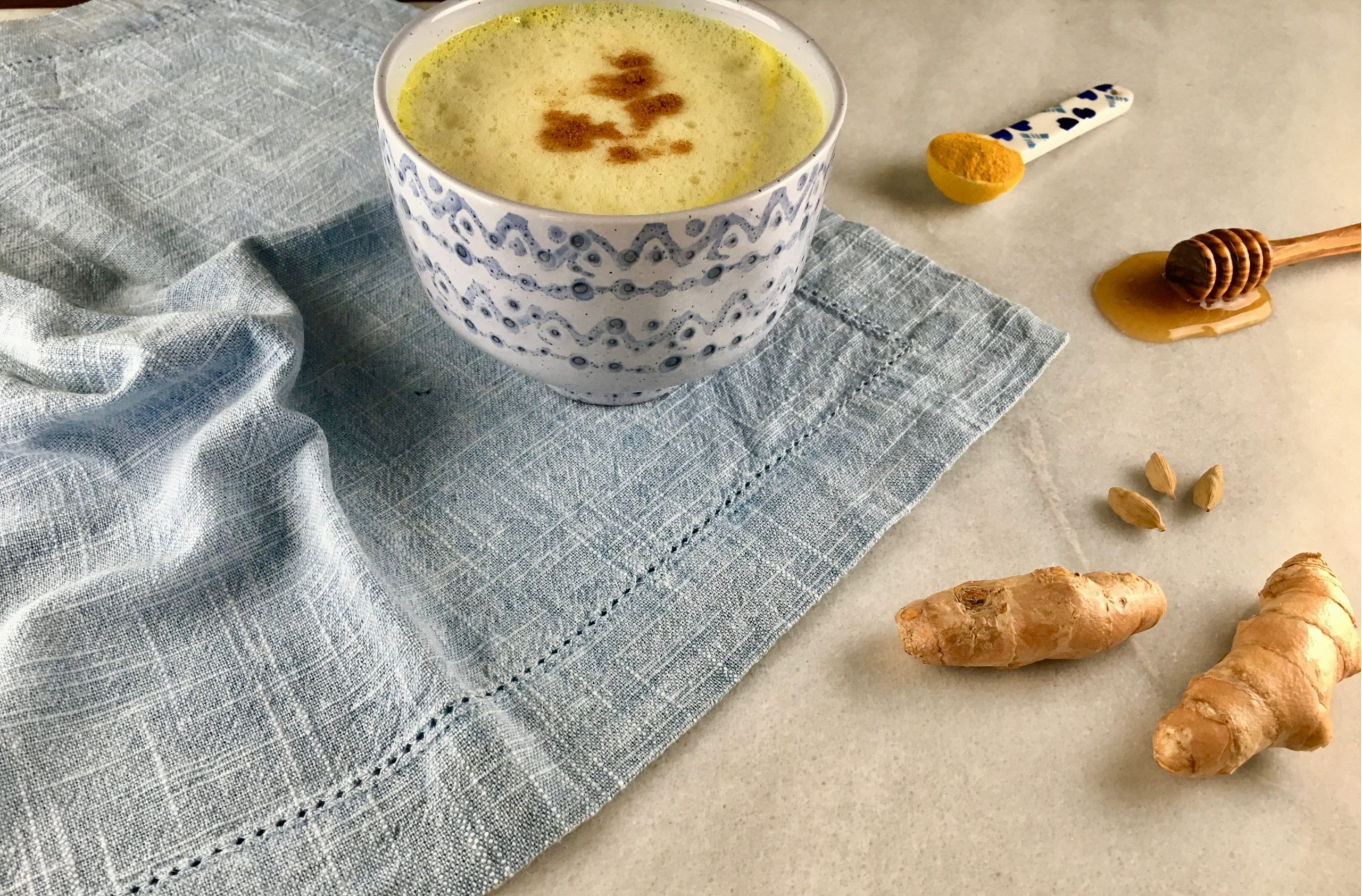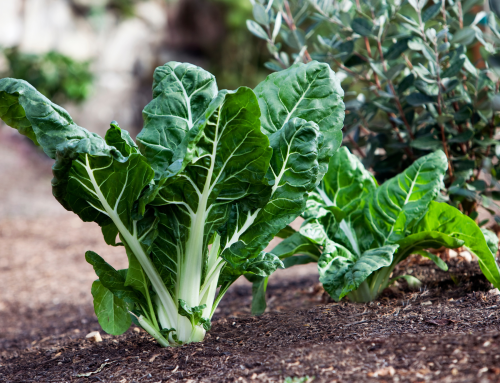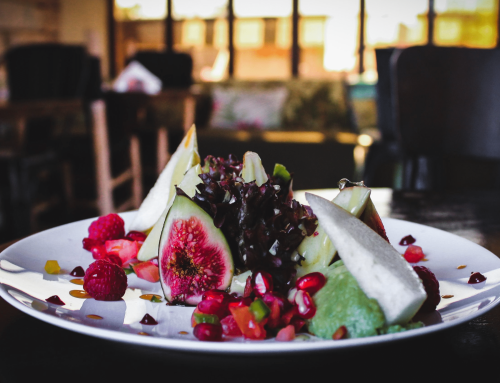All living creatures require “food”
to maintain existence. Among humans, food nourishes not only the physiology and the mind, but also the heart. Ayurveda encourages us to live in bliss and avoid suffering. It shows us how to eat our way to better health, vitality and longevity.
While Ayurveda might have been the original owner’s manual for the human body, many of its lessons have been lost or distorted over the millennia. Therefore, as adults, our food choices often follow what mother served us as children and our emotional associations with the special occasions in our culture and religion. These habits may or may not serve us well.
Popular culture is steeped in the language of modern science or psuedo-science. Protein and “carbs” are not nature’s categories. They were a product of 19th century German chemical science. Their pursuit and avoidance has driven much counter-productive behavior. The argument for a Paleo diet has a very weak foundation. Those who’ve “discovered” its supposed benefits have anchored primarily on personal testimonials.
On the other hand, many scientific studies show better health and longevity among vegetarians. Vegetarianism itself comes in different flavors, but from an Ayurvedic perspective, I use the term to mean lacto-vegetarian, i.e., consuming only plant-based foods plus milk products – and excluding meat, fish, poultry, and eggs. In addition to offering benefits for personal health, a vegetarian diet contributes to a sustainable planet and spiritual advancement.
Back in the 70’s, Frances Moore Lappe put forth the argument that a plant-based diet uses fewer natural resources by avoiding the wasteful cycle of breeding and feeding animals for the purpose of slaughter. More recently, we have come to appreciate the full scope of the environmental burden of industrial scale animal production, not just in terms of energy cost and land use, but also in terms of pollution. Moreover, we have learned about the horrifying conditions which many of these creatures endure. A vegetarian diet avoids all these harms as well as the spiritual stain of the slaughterhouse.

Three Gunas
In addition to the Doshas, Vedic science identifies three operating principles, whose dynamic interaction underlies the mechanics of the creation and evolution of the manifest universe. These are known as the Three Gunas:
- Sattva – purity, progress, evolution
- Rajas – transformation, dynamism, motion, energy, desire
- Tamas – inertia, dullness, decay
Sattva and Tamas are naturally opposed to each other. Rajas is the force that is complementary to both. Tamas destroys the current state. Sattva simultaneously creates a new state. Rajas provides the impulse to action and coordinates the activity of Sattva and Tamas.(5) Cultivation of Sattva supports spiritual progress.
We are “nourished” not only by our diet, but also by our surroundings and our choices in activity. Pollution, filth, darkness, violence, conflict, and the many forms of negativity and sensory overload that characterize so much of network television programming, the internet, and popular writing are borne with a price. Cleanliness, generosity, tolerance, light, love, walks in nature, etc. enhance the quality of Sattva. That which increases Sattva also supports the production of Ojas.
In general, a vegetarian diet is more Sattvic than any diet inclusive of animal flesh, which is always tainted by the act of killing. Nevertheless, many foods besides animal flesh are dominated by the quality of Tamas. Such foods include mushrooms, mold-ripened cheeses, alcohol, cigarettes, narcotics, recreational drugs, peanuts, and stale, tasteless, leftover and spoiled food. All these things produce dullness in the mind. It’s a matter of degree. For example, carrots and beets are Sattvic, while most other root vegetables are mildly Tamasic. It’s reasonable to have them on occasion in small quantities.
Pungent foods like onions and chilies, excessively sour or salty foods, and stimulants like coffee increase Rajas and the associated impulse for action. In contrast, milk, rice, ghee (clarified butter), mung beans, sweet ripe fruits, sesame, blanched almonds, honey, wheat, and many vegetables possess Sattvic qualities. Overall, a Sattvic diet is one that is light, fresh, nourishing, organically-grown, balanced in the six tastes, prepared with love and taken in moderate amounts.(6) According to Ayurveda, a Sattvic diet is most conducive to health, vitality and longevity. A diet dominated by Rajas or Tamas invites disease and suffering.

Milk Products
Even though cow’s milk is highly valued in Ayurveda as a Sattvic, Ojas-enhancing, easily digested and nourishing food, some modern scientific studies find a possible association of milk and cheese with heart disease, cancer and other lesser problems. How do we reconcile this apparent discrepancy? Actually, given the eating habits prevailing in western society, this is not surprising. The simple answer is that we do not consume milk and cheese as Nature intended.
Ayurveda warns of the toxicity from combining milk with other foods or drinking it without first boiling it. Some mistakenly believe that pasteurization is equivalent to boiling. It is not. Standard pasteurized milk is heated only to 161 °F for 15 seconds. Bringing milk to a foaming boil changes the structure of the proteins and makes them more digestible. The effect of homogenization on the digestion and metabolism of milk fat has not been adequately studied.
Non-organic milk is commonly obtained from cows who are un-naturally grain-fed, injected with growth hormone, and subjected to the stress of crowded industrial production facilities. They also are frequently treated with antibiotics because this type of care puts them at high risk for disease. In certified organic milk production, antibiotics and hormones are prohibited and the cows must be feed organically grown food. Organic food may or may not of itself be healthful to cows. The corn and soy feed provided by some organic milk producers is not. We now know that it alters the balance of fats in the milk towards those that may stimulate inflammation for those who consume it. It cannot be recommended.
Fortunately, pasturized, un-homogenized organic milk from grass-fed, pastured cows is now more widely available. Although fresh raw milk would be even better, it is hard to find and would be dangerous to consume without boiling first. I am generally against ultra-pasturized milk products which have been sterilized by brief exposure to high temperature. They have a long shelf-life, which means they tend to be old and therefore less Sattvic than fresher products. Also they tend to have a funky, cooked taste. Even so, in some locations, ultra-pasturized, un-homogenized organic milk from grass-fed, pastured cows might be the best available. Since we are talking in relative terms and not absolutes, it is still acceptable.
As for cheese and yogurt, the Ayurvedic tradition provides strong warnings about the danger of eating curds at night and not otherwise suitably prepared. For yogurt, this means diluted freshly prepared yogurt into a lassi-type beverage. Most westerners consume store-bought sweetened yogurt or frozen yogurt desserts none of which is really healthful. For fresh cheese (the only kind which is Sattvic), suitable preparations include confections in which it is mixed with ghee and sugar or in a meal accompanied by lentil soup. When was the last time you had lentil soup with your lunch-time pizza?
Finally, we need to consider Prakriti, Dosha imbalance and season – important factors which are not considered in western medical studies. Remember that milk and cheese are good for balancing Vata and Pitta and not Kapha. Over-weight people should take milk in small amounts and and would do best to dilute it 25-50% with water before boiling. They should avoid cheese. While dilute lassi is beneficial for all individuals if taken with lunch or as an afternoon drink, undiluted fresh yogurt is really only suitable for balancing Vata. For all these reasons, we continue to recommend a lacto-vegetarian diet for those with a spiritual orientation and a willingness to observe the Ayurvedic precautions.








Leave A Comment
You must be logged in to post a comment.